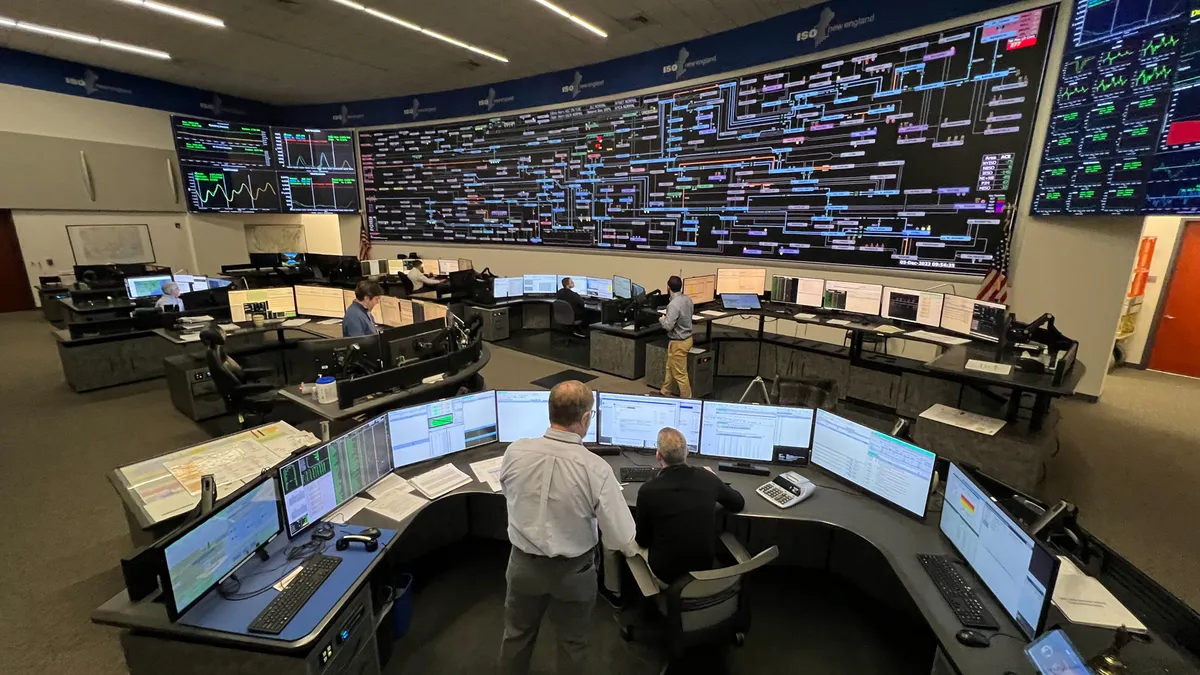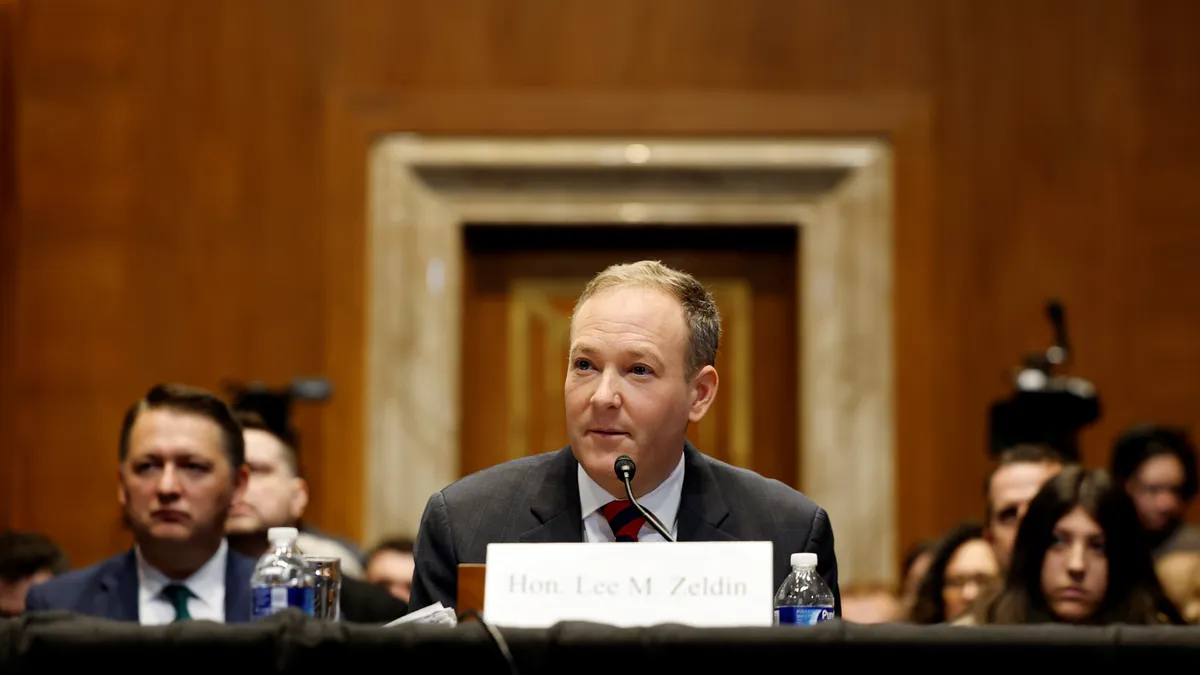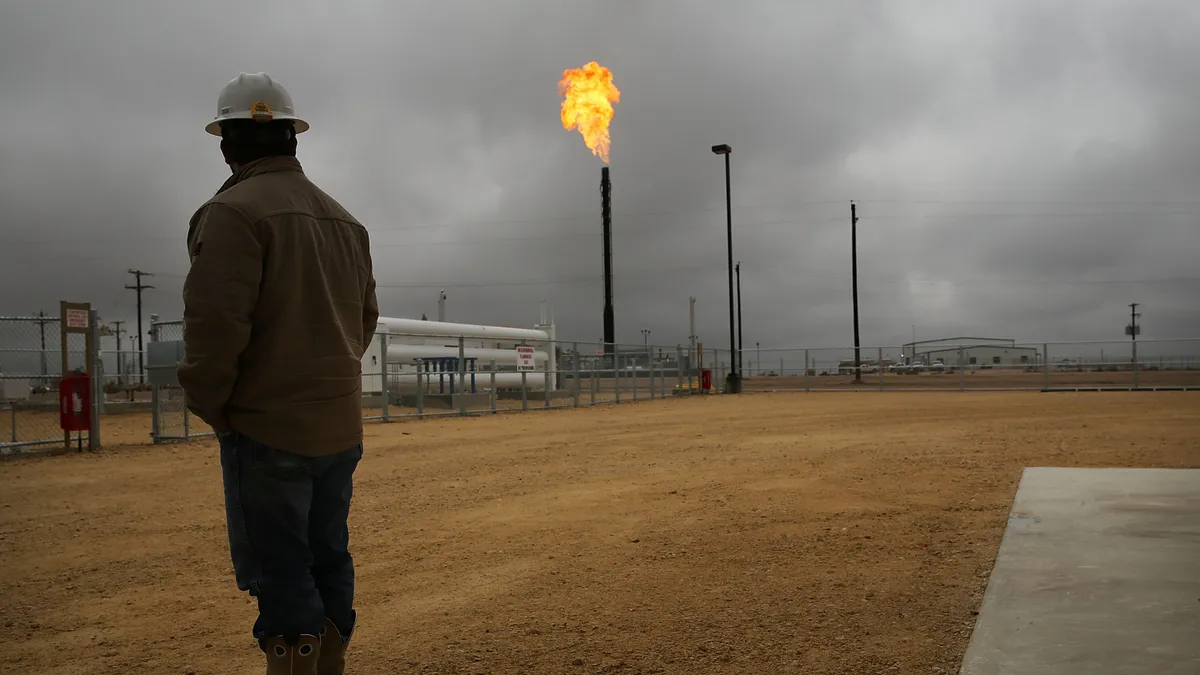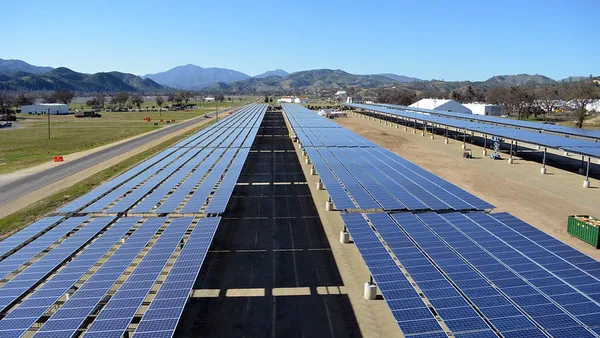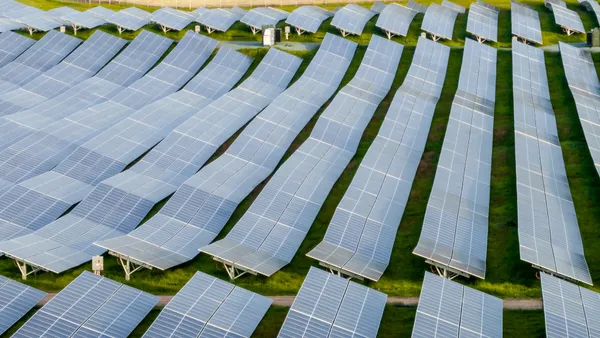The Federal Energy Regulatory Commission’s failure to act soon on ISO New England’s interconnection reform proposal may prevent up to 3 GW of resources from participating in the grid operator’s next capacity auction, according to Flatiron Energy Development.
“Failure to act by the commission could result in sharply higher capacity rates and therefore less affordable electricity for the region, while increasing the risk of a resource shortfall,” Flatiron said in a Wednesday filing at FERC. Further delay by FERC “may exacerbate concerns about acute winter resource adequacy challenges,” the utility-scale storage developer said.
In mid-May, ISO-NE filed proposals to reform its grid interconnection rules in response to FERC’s landmark Order 2023, which set new interconnection requirements — including shifting to a first-ready, first-served cluster study process instead of first-come, first-served reviews of interconnection requests. ISO-NE asked FERC to approve the proposals by Aug. 12, 2024. The proposals were widely supported by ISO-NE stakeholders and the region’s states.
FERC, however, hasn’t acted on the proposals. The New England States Committee on Electricity, which represents the region’s governors, has urged FERC to make a decision on ISO-NE’s interconnection reform proposal.
“Near-term action on the widely supported filing is necessary to help alleviate the interconnection queue backlogs and uncertainty that continues to exist in New England,” NESCOE said in a Nov. 25 letter to FERC.
In response, former FERC Chairman Willie Phillips said Jan. 21 that the agency would act on the proposals “as expeditiously as possible.”
FERC needs to make a decision by the end of March to allow new resources to participate in ISO-NE’s upcoming auction, which has been delayed to 2028, according to Flatiron.
A decision is needed so project developers can meet deadlines that would be set under ISO-NE’s proposed transition to a new interconnection review process, the Boulder, Colorado-based company said.
Given FERC’s delay, ISO-NE has developed a contingency transition plan that would likely give energy storage developers in the transition process time for at least some projects to be online by the start of the 2028/29 capacity commitment period, which begins June 1, 2028, according to Flatiron.
Flatiron has about 2.1 GW of projects in development in ISO-NE, including 600 MW of projects with completed System Impact Studies and/or executed Interconnection Agreements that have not participated in a Capacity Network Resource Group Study or obtained a capacity obligation to secure Capacity Network Resource Interconnection Service, the company said.
Hull Street Energy, a private equity firm, owns Flatiron.



